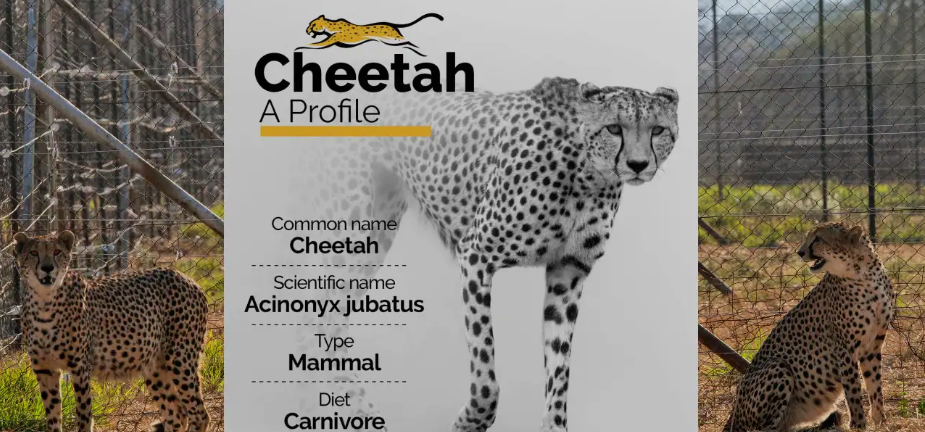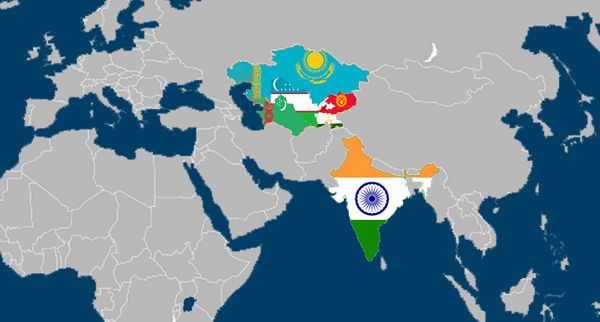- Courses
- GS Full Course 1 Year
- GS Full Course 2 Year
- GS Full Course 3 Year
- GS Full Course Till Selection
- MEP (Mains Enrichment Programme) Data, Facts
- Essay Target – 150+ Marks
- Online Program
- GS Recorded Course
- NCERT- First Ladder
- Polity
- Geography
- Economy
- Ancient, Medieval and Art & Culture AMAC
- Modern India, Post Independence & World History
- Environment
- Governance
- Science & Technology
- International Relations and Internal Security
- Disaster Management
- Ethics
- Current Affairs
- Indian Society and Social Issue
- CSAT
- 5 LAYERED ARJUNA Mentorship
- Public Administration Optional
- ABOUT US
- OUR TOPPERS
- TEST SERIES
- FREE STUDY MATERIAL
- VIDEOS
- CONTACT US
One Year of Project Cheetah in India: Progress Report
One Year of Project Cheetah in India: Progress Report

Latest Context:
Project Cheetah, aimed at establishing a flourishing population of cheetahs in India and enabling them to function as apex predators in the ecosystem, has reached its one-year milestone.
The Perfect Habitat: Kuno Palpur National Park, MP
Kuno Palpur National Park in Madhya Pradesh was carefully chosen as the introduction site for cheetahs due to its ideal habitat and an abundance of prey animals.
Key Features of the Project:
- Cheetah Introduction: Over the course of five years, a minimum of 20 cheetahs, primarily from southern Africa, will be brought to various National Parks in India.
- Project Implementation: The National Tiger Conservation Authority (NTCA), a government body under the Ministry of Environment, Forest, and Climate Change, is overseeing the project's execution.
- Funding: Financial support for the project comes from Project Tiger and the Compensatory Afforestation Fund Management and Planning Authority (CAMPA).

The project has made significant progress toward its goals:
- Survival of Cheetahs: Introduced cheetahs have successfully adapted and survived in their new environment.
- Establishment of Home Ranges: Cheetahs have found their own territories within the National Parks.
- Birth of Cubs in Kuno: New cheetah generations are being born, contributing to the population's growth.
- Boosting Local Communities: The project has generated income for the nearby communities, benefiting local residents.
Expanding Restoration Efforts
In addition to Kuno Palpur, efforts to restore cheetah habitats in other areas, such as Nauradehi and Gandhi Sagar Wildlife Sanctuaries in Madhya Pradesh, have also begun.
Cheetahs: Speedy Keystone Species
Cheetahs, known as the world's fastest land mammals, play a vital role as keystone species. They help maintain the balance and health of entire ecosystems, particularly in dry forests, scrublands, and savannahs.
Protection and Conservation Status
Cheetahs are safeguarded under Appendix I of the Convention on International Trade in Endangered Species of Wild Fauna and Flora (CITES).
In terms of conservation status:
- African Cheetahs are classified as "Vulnerable" by the International Union for Conservation of Nature (IUCN).
- Asiatic Cheetahs are even more critically endangered, labelled as "Critically Endangered" by the IUCN.
Project Cheetah continues to make progress towards its mission of preserving and restoring these magnificent creatures in India's wild landscapes.
Question: What is the primary aim of Project Cheetah in India?
A) To study the behaviour of cheetahs in Indian ecosystems.
B) To establish a thriving population of cheetahs and restore them as apex predators in the ecosystem.
C) To protect other endangered species in Kuno Palpur National Park.
D) To increase tourism in Madhya Pradesh.
Answer: B) To establish a thriving population of cheetahs and restore them as apex predators in the ecosystem.



